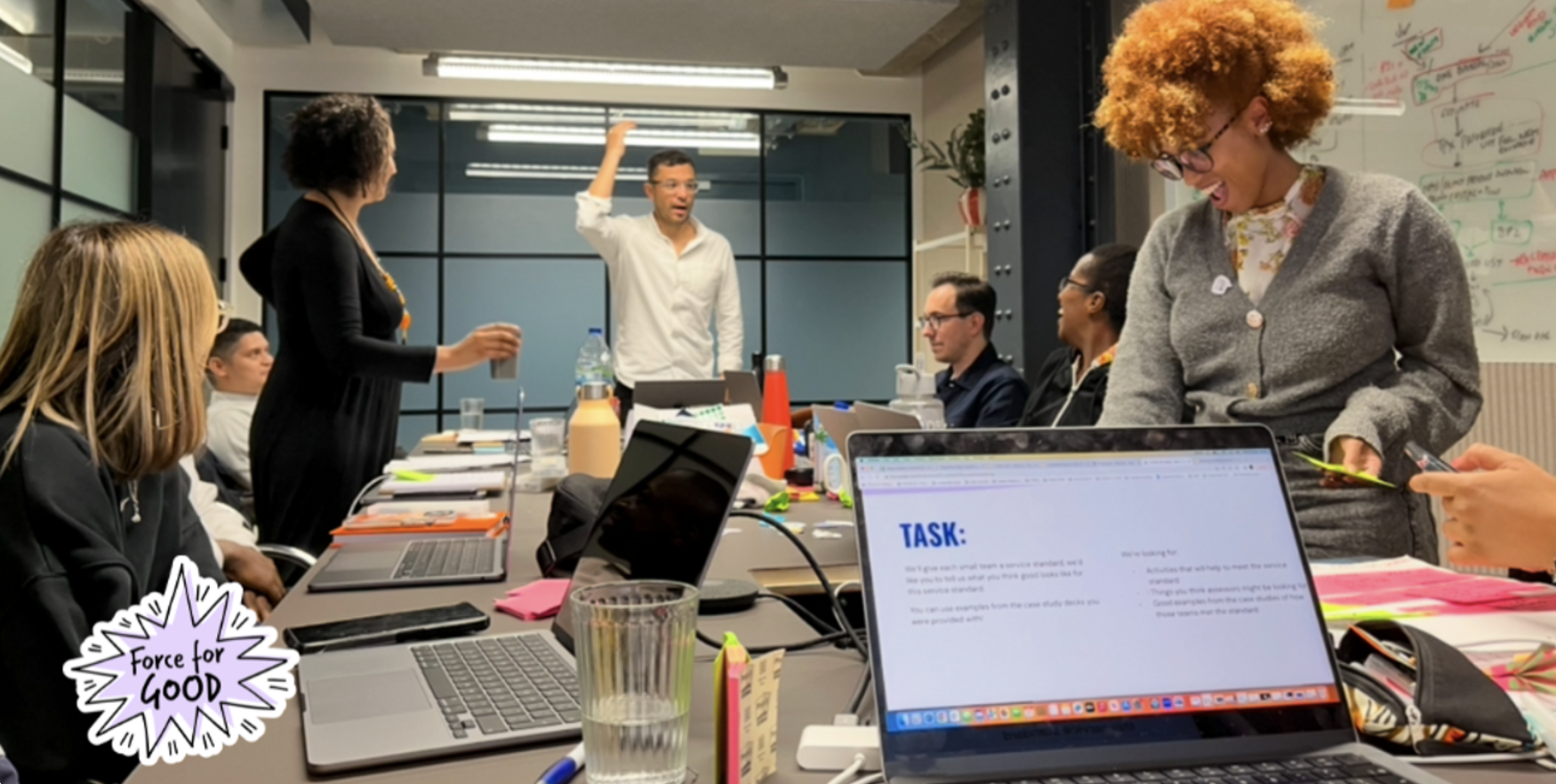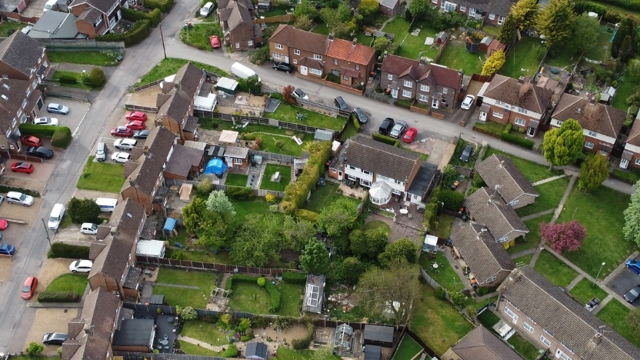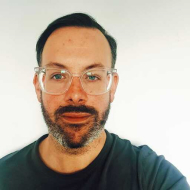After working on different projects at HMLR (Her Majesty's Land Registry) over the last year, their head of design Laura Yarrow asked me to write about how I create social capital.
It wasn't something I'd heard of but after a conversation with Laura it was clear that it's something I’ve practised a lot in my role as a service designer. For me, developing social capital is a way to describe how you build trust, skills and capabilities in individuals and networks and it mostly happens whilst delivering work.
It's what I'd usually call capability building and it's not always easily defined as you can approach it in different ways. Here I've listed out some of the things that have helped me to build social capital whilst working as a service designer at HMLR.
Work in the open for more effective problem solving
Showing the work, letting people ask questions, letting them challenge us. It all plays a part in helping us solve problems more effectively.
The more it's done the more it spreads into all corners of the organisation — helping people to make connections and start to break down silos. In large places where there are lots of projects and teams it's especially important to bring people together in this way.
By working in the open, we can change how people think and bring fresh perspectives by including more diverse audiences. We can also hold ourselves and our work to account whilst we do it.
How?
You can work in the open by holding regular show and tells, by sharing your work and by communicating what you're doing on platforms like Slack and Microsoft Teams, or in person.
Being more inclusive and having a diverse mix of people involved in projects means that you have more diversity of thoughts and ideas. But you have to seek people out, making sure people are included from different backgrounds, with different skills and opinions and from different parts of the system.
At HMLR we ran show and tells, inviting people from across the organisation, and sharing these recordings on Teams. It gave people the opportunity to ask questions and test some of our thinking whilst also highlighting how we had used agile ways of working to benefit the project — useful for elsewhere.
Lead others to achieve individual and common goals
Leadership can come from anyone at any time. Fundamentally, it’s about understanding what people’s goals are and helping them to get there. If you and your team know what you're trying to achieve both personally and as a group then you can support each other better and achieve these goals.
To do this, you need to create spaces where people can be open and honest and have time to reflect. This will also help you to check in on people to find out if they're ok or if they need anything.
How?
You can do this by booking in regular one to one conversations with people. You can also make sure you kick off projects in the right way by understanding everyone’s goals. A useful tool is a User Manual of Me which specifies how you work and how you work well with others. Another useful tip is to run regular retrospectives where you can reflect on progress.
Define outcomes at the start to keep your focus
Defining outcomes as a group early on in a project really helps to start things off in a collaborative way, aligning your project with others and making connections across the wider organisation. This is particularly important when working on large programmes of work, and is especially useful later on when you measure the impact of what you’ve achieved.
How?
You can do this by running outcomes mapping workshops at the start of projects and checking back on the results throughout your work. As a service designer I often use the theory of change framework. It's a great tool for helping to understand how long term outcomes connect to the short term interventions we're thinking about.
At HMLR we used a theory of change to make sure we were all aligned on the outcomes we were aiming for at the start. On our team we had people connected to other parts of the programme who had been looking at outcomes too. The added benefit of doing this with them was that it brought everything together and people could start to see how the different project outcomes were connected. It also helped us unlock some outcomes for another project that had previously been inaccessible.
Share your thoughts and experiences
So there you have it, some of the benefits of social capital and a few ways to start building it in your project work. We’d love to hear your thoughts too — what helps you to create social capital and what are the benefits?
Get in touch with us on social media to join the conversation.

Transformation from the inside out
Internal academies build skills, confidence and connection from the inside out. They help teams work on real challenges, share honestly, and grow together, turning learning into lasting change.
Read moreOur recent insights
Transformation is for everyone. We love sharing our thoughts, approaches, learning and research all gained from the work we do.

How AI can reinvent the foundations of planning
AI can create a smarter, fairer planning system. Boosting engagement, speeding decisions, and rebuilding trust in local development.
Read more
Reimagining new towns: Innovation, digital first delivery and new statecraft
At UKREiiF, we discussed how bold leadership, digital tools, and innovative funding can transform the next generation of new towns into thriving places.
Read more
A rare moment to reset the system, new towns can pioneer digital-first, community-powered, mission-led development.
Read more

